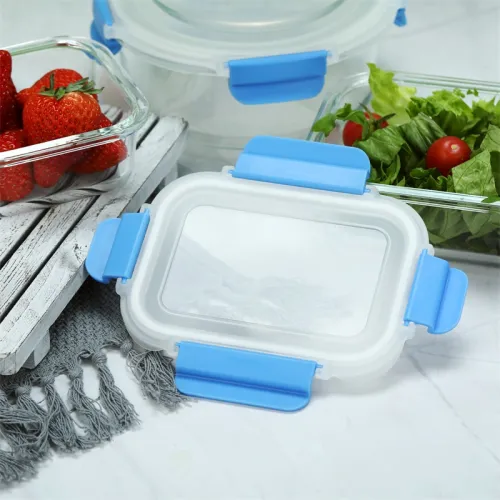One of the primary advantages of small glass food storage containers is their durability. Unlike plastic containers that may warp, stain, or degrade over time, glass containers are resistant to scratches and can withstand high temperatures. They are less likely to absorb odors, colors, or flavors from the food stored in them, ensuring that your meals maintain their freshness. Moreover, glass containers can safely be used in the oven, microwave, and dishwasher, making them versatile and long-lasting kitchen companions.
 Home
Home









